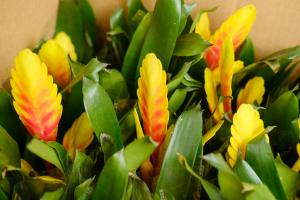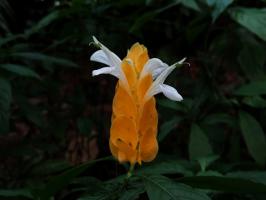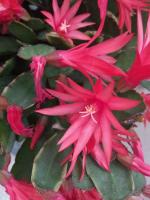1、 Curing method
1. Temperature: light bamboo leaves like warmth and can be maintained at 20 to 30 degrees. In summer, pay attention to adjust the temperature, not too high. When it is above 35 degrees, spray water slightly to cool down. In addition, it is also afraid of cold, so try not to be lower than 10 degrees, so it can survive the winter safely

2. Light: in the seedling stage, light bamboo leaves have high requirements for sunshine and can be placed in a place with sufficient astigmatism. However, by the time it reaches adulthood, the requirements for sunshine will gradually decrease, and it can be placed in a semi cloudy place. In addition, no matter at which stage, there should not be too strong light

3. Watering: light bamboo leaves demand the most water in spring and autumn. Therefore, it is necessary to keep enough water in the soil in these two stages. In summer, there is no need to water too much, and water spray can be used to humidify

4. Fertilization: fertilizer should be applied regularly, usually once or twice a month. When applying fertilizer, nitrogen fertilizer is mainly used

2、 Breeding skills
1. Change basin: Generally speaking, change basin once a year, because it is still relatively high to the soil. It's better to choose in spring. Generally speaking, garden soil can be selected and mixed with an appropriate amount of river sand, which can basically meet the requirements. When changing pots, you can trim the roots by the way, but don't hurt the healthy taproot

2. Pruning: pruning is required in spring. At this time, it is mainly carried out in combination with changing pots. It is not only necessary to prune the root system, but also to pick the heart to promote the germination of branches, so that its plant type will be more beautiful. In addition, there are often some yellow leaves caused by some reasons, which need to be cut off in time

3、 Problem diagnosis and treatment
1. Diseases: for light bamboo leaves, there are two main diseases, such as "gray mold", and the second is "leaf blight". The main victims are its leaves. This part of leaves can be cut off, and the diseased plants can be directly removed in serious cases

2. Insect pests: "red spider", "aphid" and "scale insect" are common, and some chemicals can be used

4、 Other issues
1. Toxicity: it is not poisonous, and it is a good Chinese herbal medicine

2. Whether it can be raised at home: Yes, it can also be raised as a foliage plant, but generally speaking, it is not too much< a>


 how many times do yo...
how many times do yo... how many planted tre...
how many planted tre... how many pine trees ...
how many pine trees ... how many pecan trees...
how many pecan trees... how many plants comp...
how many plants comp... how many plants can ...
how many plants can ... how many plants and ...
how many plants and ... how many pepper plan...
how many pepper plan...
































